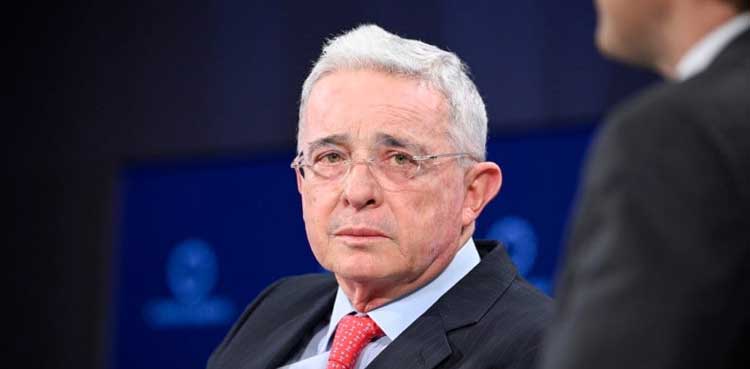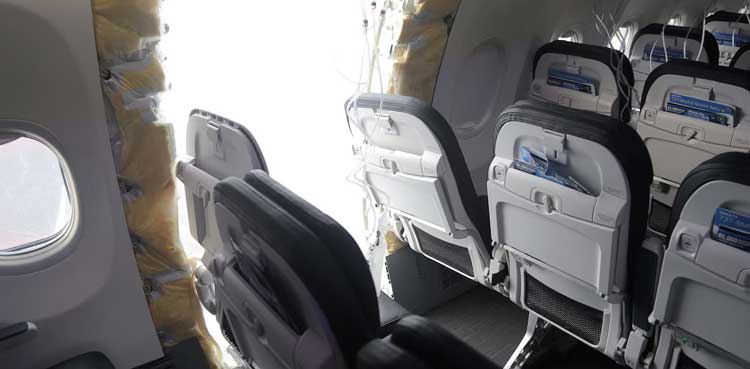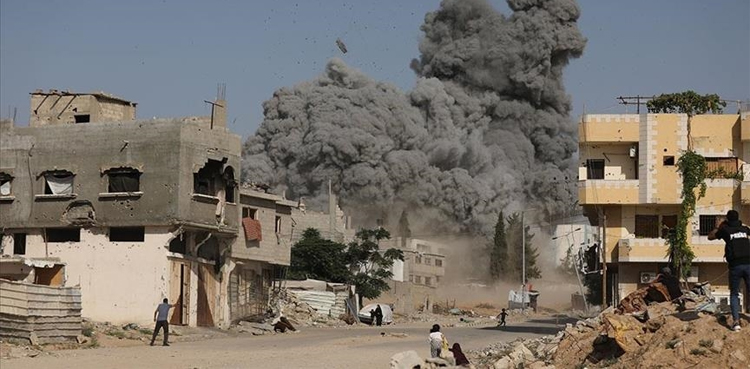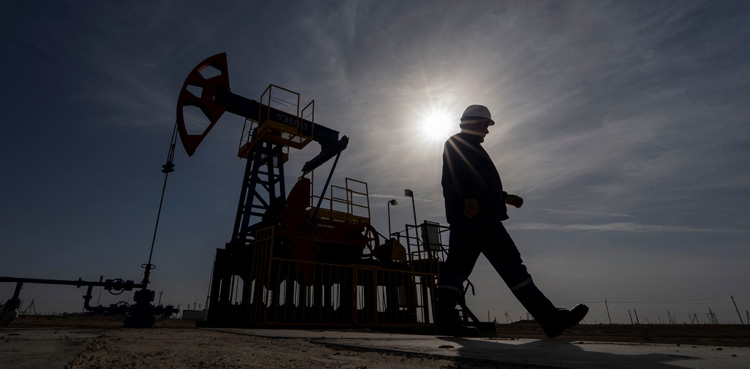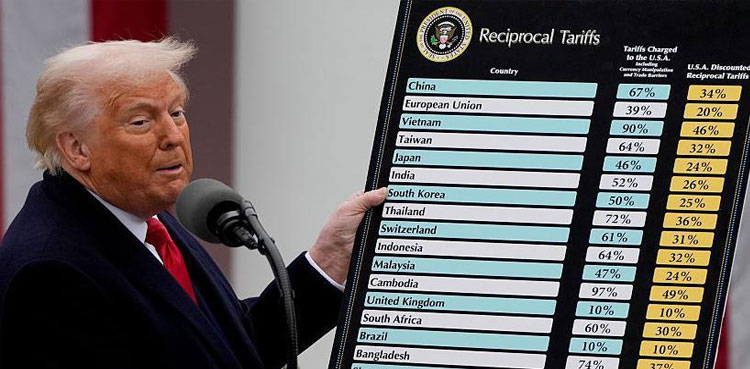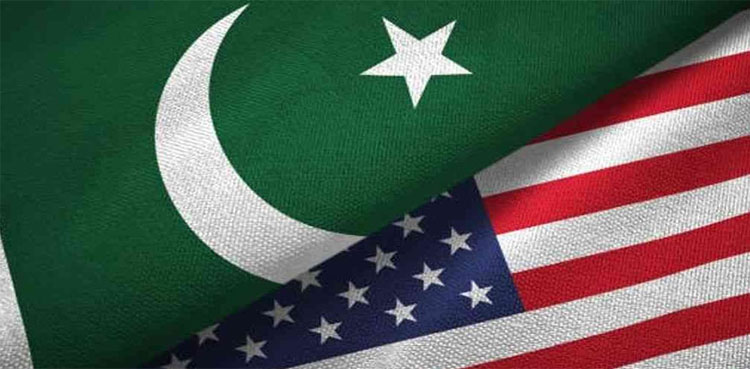U.S. special envoy Steve Witkoff met Israeli Prime Minister Benjamin Netanyahu on Thursday in a bid to salvage Gaza truce talks and tackle a humanitarian crisis in the enclave, where a global hunger monitor has warned that famine is unfolding.
Shortly after Witkoff’s arrival, President Donald Trump posted on his Truth Social network: “The fastest way to end the Humanitarian Crises in Gaza is for Hamas to SURRENDER AND RELEASE THE HOSTAGES!!”
Witkoff arrived in Israel with Netanyahu’s government facing mounting international pressure over the widespread destruction of Gaza and constraints on aid in the territory.
Following the meeting, a senior Israeli official said an understanding between Israel and the U.S. was emerging that there was a need to move from a plan to release some of the hostages to a plan to release all the hostages, disarm Hamas militants, and demilitarize the Gaza Strip.
The official did not provide details on what that plan would be, but it was seen as a shift from seeking a limited truce to a more comprehensive deal. The official added that Israel and the United States will work to increase humanitarian aid, while continuing the fighting in Gaza.
Witkoff will travel to Gaza on Friday to inspect food aid delivery as he works on a final plan to speed deliveries to the enclave, the White House said.
“The special envoy and the ambassador will brief the president immediately after their visit to approve a final plan for food and aid distribution into the region,” White House press secretary Karoline Leavitt told reporters.
Trump on Thursday called the situation in Gaza “a terrible thing,” when asked about comments from his ally and Republican U.S. Representative Marjorie Taylor Greene, who termed Israel’s offensive in the Palestinian enclave a genocide.
“Oh it’s terrible what occurring there, yeah, it’s a terrible thing. People are very hungry,” Trump told reporters when asked about Greene’s social media comments. Trump also noted financial assistance by Washington to address the hunger crisis in Gaza.
CEASEFIRE TALKS
Indirect ceasefire talks between Israel and Hamas in Doha ended in deadlock last week with the sides trading blame for the impasse and gaps lingering over issues including the extent of an Israeli military withdrawal.
Israel on Wednesday sent a response to Hamas’ latest amendments to a U.S. proposal that would see a 60-day ceasefire and the release of some hostages in exchange for Palestinian prisoners, a source familiar with the details said.
There was no immediate comment from Hamas.
Gaza medical officials said at least 23 people were reported killed by Israeli fire across the enclave, including 12 people among crowds who had gathered to receive aid around the Netzarim corridor, an area held by Israeli troops in central Gaza.
The Israeli military said its troops had fired warning shots to disperse crowds, and had not identified any casualties.
Since Israel’s offensive began, the Gaza health ministry has recorded 156 deaths from starvation and malnutrition, most of them in recent weeks, including at least 90 children.
Confronted by rising international outrage over images of starving children, Israel said on Sunday it would halt military operations for 10 hours a day in parts of Gaza and designate secure routes for convoys delivering food and medicine.
CALLS ON HAMAS TO DISARM
The U.N. Office for the Coordination of Humanitarian Affairs said on Wednesday the United Nations and its partners had been able to bring more food into Gaza in the first two days of pauses, but the volume was “still far from enough”.
Residents face peril from Israeli forces and Palestinian looters when trying to reach supplies.
“I have tried several times to grab a sack of flour. The only time I managed to do so, someone with a knife froze me in the street and took it away, threatening to stab me,” one man from Deir Al-Balah told Reuters, asking not to be identified.
Pressure has been mounting in Gaza on Hamas to reach a ceasefire deal with Israel. Hamas is still holding 50 hostages in Gaza, of whom around 20 are believed to be alive.
Mothers of hostages led a protest outside Netanyahu’s office, calling on the government to end Israel’s war in Gaza, which has killed over 60,000 Palestinians since October 2023 and more protests were held in Tel Aviv.
Netanyahu, whose ruling coalition includes two far-right parties that want to conquer Gaza and re-establish Jewish settlements there, has said he will not end the war until Hamas no longer rules the enclave and lays down its arms. Hamas rejects calls to disarm.
Qatar and Egypt, who are mediating ceasefire efforts, backed a declaration on Tuesday by France and Saudi Arabia which outlined steps for a two-state solution to the Israeli-Palestinian conflict.
The declaration says Hamas “must end its rule in Gaza and hand over its weapons to the Palestinian Authority.” Israel has ruled out the PA gaining control of Gaza.
Hamas-led factions said on Thursday Palestinian resistance will not stop until “the occupation” ends and an independent, fully sovereign state with Jerusalem as its capital is established.
Israel has denounced declarations by France, Britain and Canada since last week that they may recognise a Palestinian state, which Israel says amounts to rewarding Hamas for its October 7, 2023, assault on Israeli territory.
That attack, in which fighters killed 1,200 people and took 251 hostages back to Gaza, precipitated Israel’s assault in the enclave and sparked the worst bloodshed in the decades-old Israeli-Palestinian conflict.
The U.S. State Department also announced sanctions on officials of the Palestinian Authority and the Palestine Liberation Organization, saying the groups were undermining peace efforts. It was Washington’s latest apparent diplomatic shift backing Israel against the Palestinians and diverging from its European allies.
A spokesperson for the Palestinian Authority did not immediately respond to a request for comment. The full impact of the U.S. move was not immediately clear: the State Department said targeted individuals would be barred from travelling to the United States but did not identify those targeted.
German Foreign Minister Johann Wadephul, embarking on a visit to Israel, said negotiations for a two-state solution must begin, while for Germany the recognition of a Palestinian state would come at the end of that process.
Israeli Defence Minister Israel Katz and Justice Minister Yariv Levin, on Thursday voiced support for annexing the West Bank.
